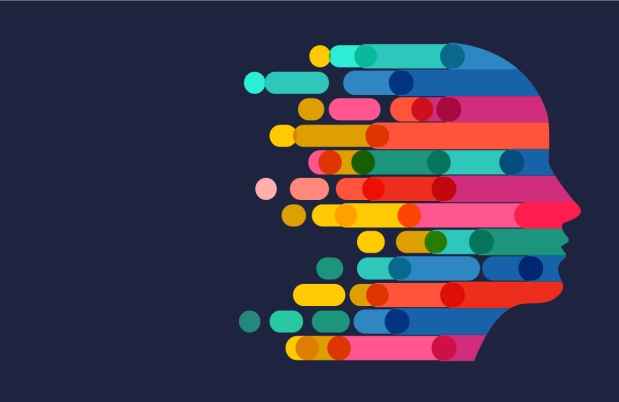Innovations in Clinical Assessment and Treatment of Suicide Risk
Available with English captions and subtitles in Spanish.
Presented by David Jobes, PhD, Catholic University of America
In this talk, Jobes outlines the most effective suicide assessments available, while highlighting the most recent innovations in the field. He reviews the importance of safety plans, and covers effective treatments, including the collaborative assessment and management of suicidality (CAMS).
Watch now to learn more about:
- Which suicide assessment tools are most effective
- How acute suicide risk is managed through stabilization planning
- Effective treatments, including collaborative assessment and management of suicidality (CAMS)
Jobes advocates clinicians use assessment tools to supplement their judgment when assessing suicide risk. He reviews three prominent assessment tools and provides recommendations for clinicians. Jobes covers innovations in assessment, such as indirect assessments, which test autonomic proclivities, and machine learning and big data, which can route patients to targeted treatments.
In addition, Jobes reviews safety plans and crisis-response planning. He describes how acute suicide risk can be managed through the National Suicide Prevention Lifeline (now the 988 Suicide & Crisis Lifeline), the national text line, and lethal means safety discussions.
He describes effective treatments for self-harm behaviors: dialectical behavior therapy (DBT), cognitive therapy for suicide prevention (CTSP), and brief cognitive behavior therapy (BCBT).
As a creator and treatment developer of the collaborative assessment and management of suicidality (CAMS), Jobes also outlines this intervention. CAMS is a therapeutic framework that allows clinicians to understand what it means for a patient to be suicidal and view the experience through the patient’s eyes.



